A Guide to the Puritans
A Topical and Scriptural Index to the Writings of the Puritans and their Successors
500 in stock
| Weight | 1.65 lbs |
|---|---|
| Dimensions | 8.8 × 5.75 × 1.38 in |
| ISBN | 9781800403901 |
| Binding | Cloth-bound |
| Original Pub Date | 1997 |
| Recent Pub Date Year | 2023 |
| Page Count | 546 |
| Format | Book |
Book Description
The writings of the Puritans, states Robert P. Martin in his preface, ‘are a rich banquet table loaded with solid nourishment for God’s people.’ And yet, this banquet is often hard to access because it can be difficult to know where to start with the Puritans or where to find help on a specific topic or text of Scripture.
Martin’s Guide, available for the first time in hardback, aims to help the would-be feaster access the nourishment available from the Puritans and their successors. That last word is significant, because the scope of Martin’s indexing work extended not merely to those in the 16th and 17th centuries who might properly be called ‘Puritans,’ but also to figures of the 18th, 19th, and 20th centuries who have stood in the Reformed, evangelical tradition of the Puritans, both feeding on and developing their approach.
This is neither a scholarly apparatus nor a comprehensive guide to the corpus of Puritan writing. However, it is a helpful orientation to a tradition, and a guide for those with an appetite to read the Puritans and their successors more, and to read them better. Those in search of what the Puritans had to say on specific topics and texts, and those eager for some direction in their reading, will be well served by the indexing labours of Robert P. Martin.
- Broad: This guide uses the term Puritan in the broader sense of those advocating the experiential, calvinistic religion which the Puritans exemplified. It also includes their close theological kin, including such men as Archibald Alexander, Charles Hodge, B. B. Warfield, etc.
- Accessible: The works referenced in this guide have been intentionally limited to exclude works which are only available in libraries or private collections, and rather includes recently republished works which readers would be able to locate and purchase for their use.
- Balanced: Though efforts have been made to include all older works that are currently available, this guide also includes a sampling of work from living or recently deceased authors.
Table of Contents Expand ↓
| Preface | ix | |
| Topical Index | 1 | |
| Scripture Index | 263 | |
| Biographies and Biographical Sketches | 451 | |
| Reviews and Introductions | 463 | |
| Funeral Sermons | 469 | |
| Sermons and Meditations for the Lord’s Table | 475 | |
| Ordination Sermons | 477 | |
| Sermons on Special Occasions | 479 | |
| Farewell Sermons | 483 | |
| Unindexed Letters | 487 | |
| Miscellaneous Items | 489 | |
| Bibliography of Works Indexed | 495 |

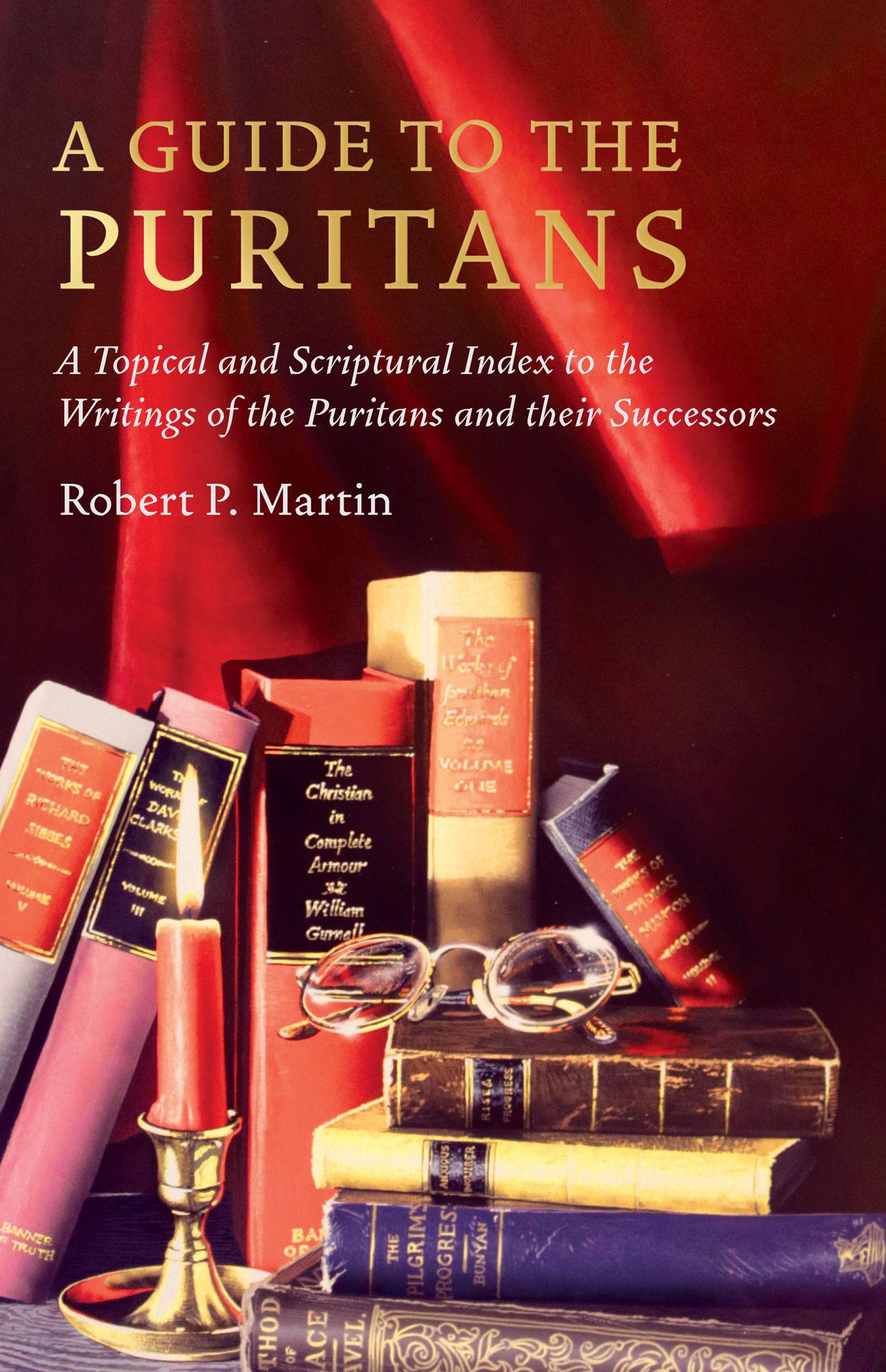
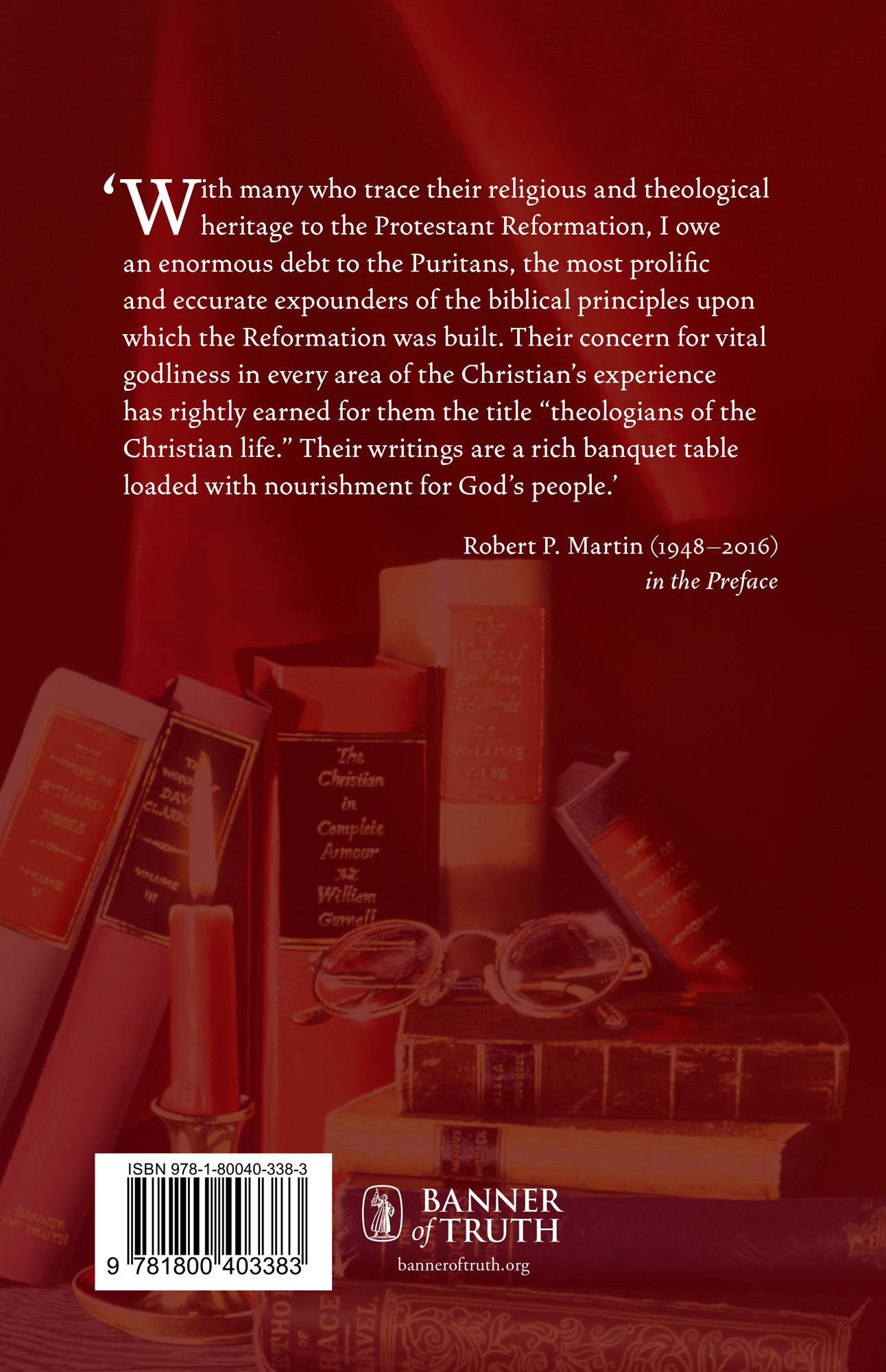



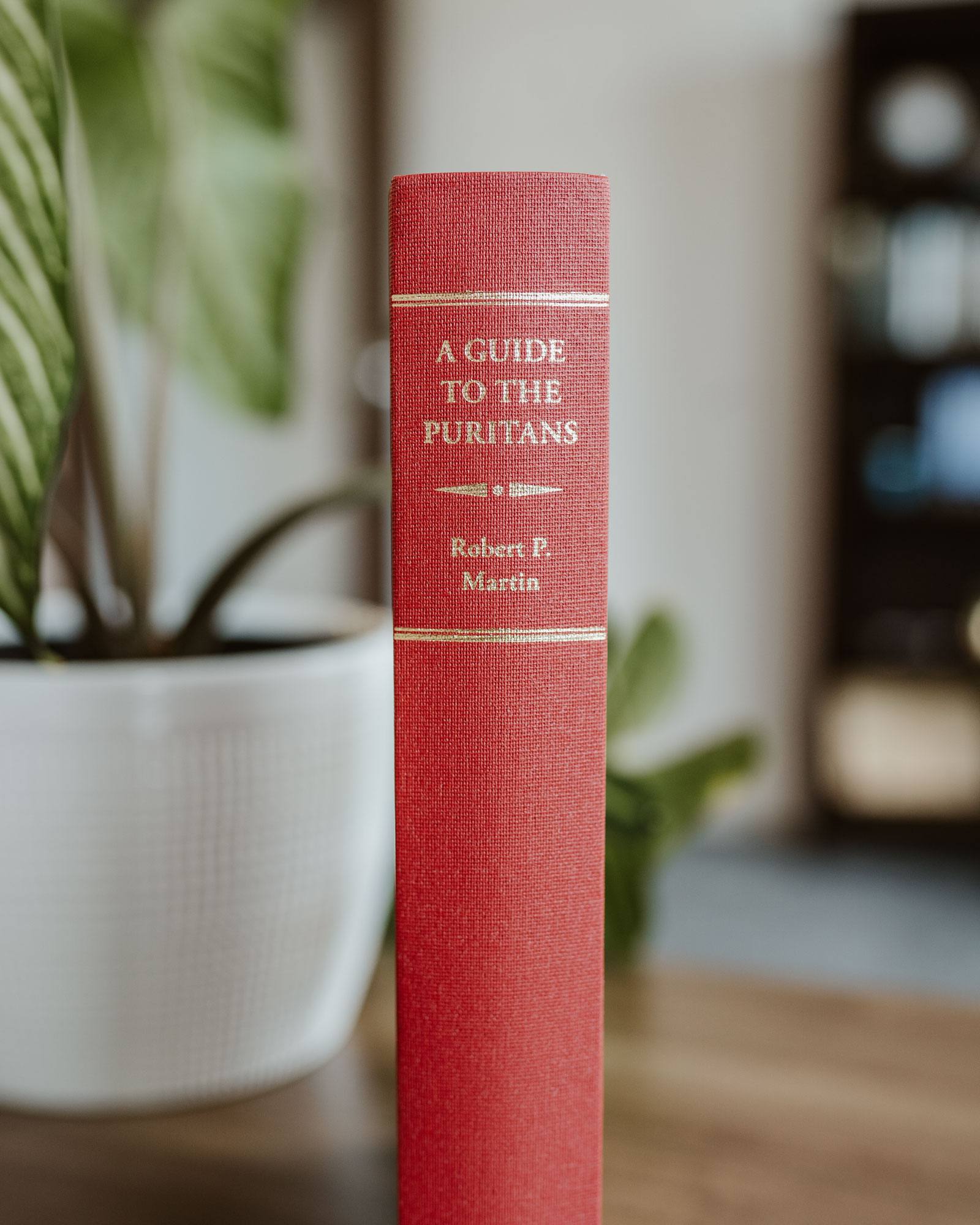
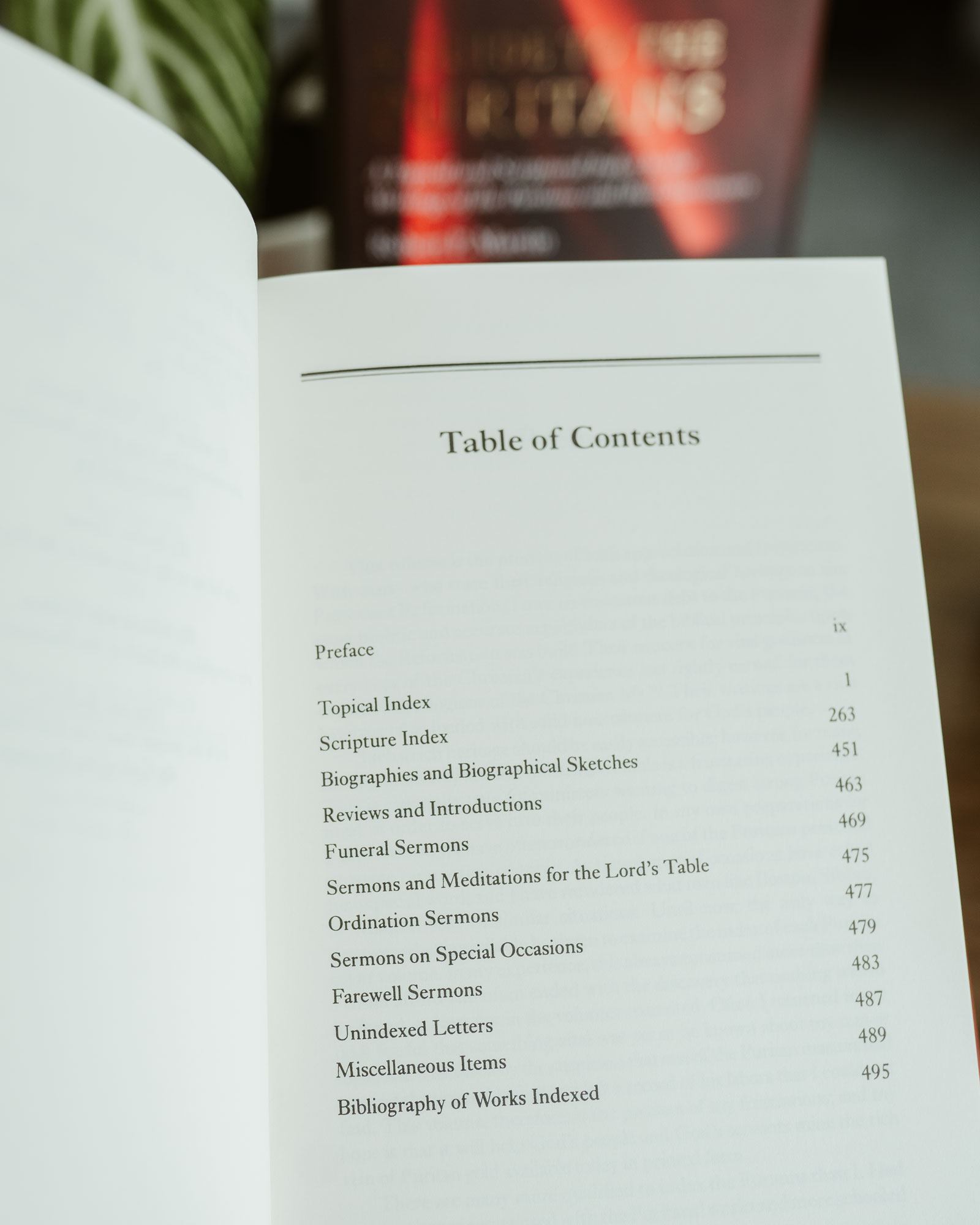
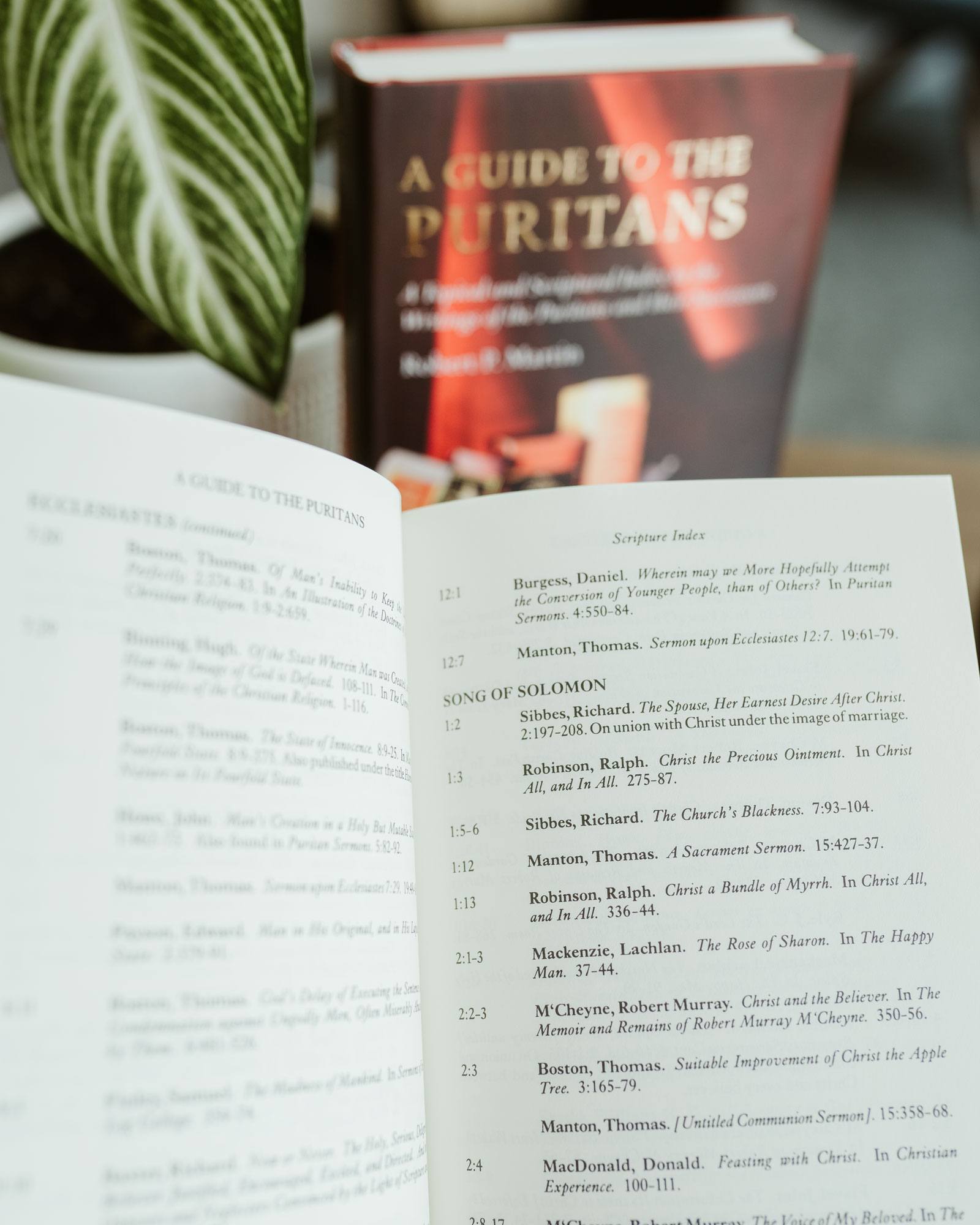
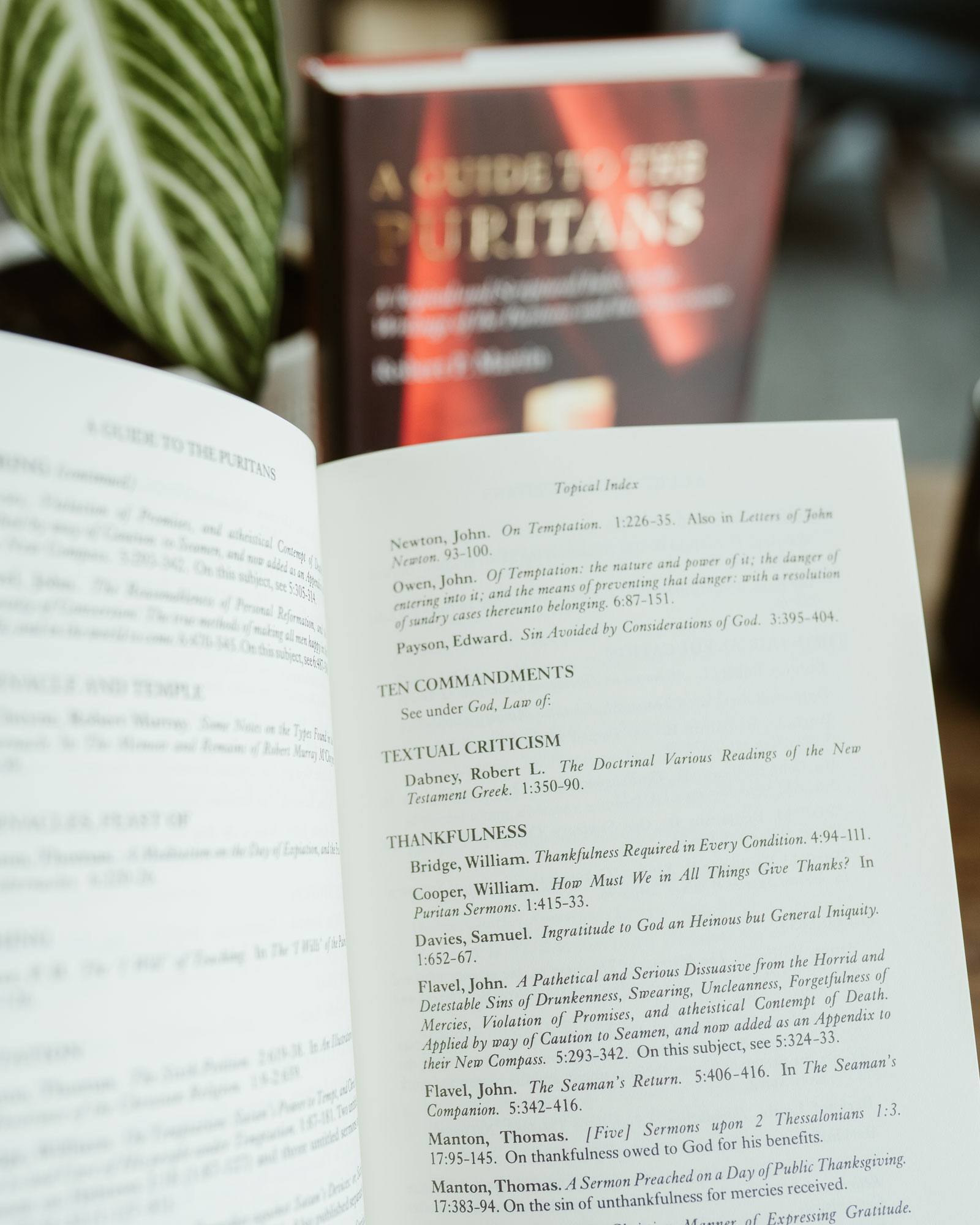
Dom Aquilino –
This is a book I didn’t realize I needed. Now, I can’t live without it. As a collector of Banner of Truth collected works, there have been many times I missed something helpful simply because I didn’t know that I had it. This book has really helped me to make full use of my library. I don’t leave reviews or testimonials, but this book has been a tremendous blessing to me. It has become one of the first books I reach for in my study.
marcdanielrivera –
Dr. Robert P. Martin’s A Guide to the Puritans was out of print for many years but recently experienced a resurgence in demand, becoming one of the most sought-after books in the Reformed and Evangelical communities over the past two years. Published by Banner of Truth, this book offers a topical and scriptural index to the writings of the Puritans and their successors. Recognizing the renewed interest, Banner of Truth not only republished this valuable resource but also upgraded it from its original paperback format to a cloth-bound edition.
In A Guide to the Puritans, Martin provides a practical tool that serves as a comprehensive manual for Puritan literature, offering a unique guide to the themes and texts addressed within the Puritan tradition. For example, readers might seek “helpful material on God’s providence,” inquire whether “John Owen ever wrote on church discipline,” or wonder what the Puritans had to say about marriage and family life. This guide traces such subjects and themes in one convenient volume.
In a narrow ecclesiastical sense, the term “Puritans” refers to sixteenth- and seventeenth-century individuals who sought reform within the national church of England. However, Martin uses the term more broadly to encompass those who advocated for the experiential, Calvinistic religion exemplified by the Puritans. This expanded definition includes figures he considers their successors or theological kin, such as Charles Hodge, Archibald Alexander, B.B. Warfield, W.G.T. Shedd, John Murray, J.C. Ryle, Arthur W. Pink, D.M. Lloyd-Jones and even living writers like Sinclair Ferguson and J.I. Packer (who was still alive at the time of the initial publication).
Originally published in 1997, this reprint of A Guide to the Puritans has not undergone any revisions since Dr. Martin’s passing in 2016, and no one has taken up the task of updating it. As noted in the book’s preface, Martin focused his efforts primarily on recently republished works. Fortunately, most of the works indexed in this volume continue to be republished today.
This volume includes topical and scripture indexes, biographies, biographical sketches, reviews, introductions, as well as funeral, ordination, and farewell sermons, along with a bibliography of the works indexed. Each entry provides the author’s name, the book title, and the volume and page number where the relevant material can be found. A potential drawback of this format is that the volume and page numbers may become outdated if the works are revised or re-typeset and the original editions go out of print. For instance, when this guide was published, the works of Robert Traill and John Newton were still facsimiles of older editions; if you now own a newly re-typeset edition of these works, the pagination may not match what is indexed here. However, the book remains a valuable resource with some minor effort required to locate the text, and it serves as a reliable tool for identifying if a specific author wrote on a given subject and in which book.
Some readers may also notice the absence of Puritan precursors like John Calvin and Martin Luther, whose works are not indexed here apart from a few entries. Martin chose not to include these due to personal constraints. Similarly, Charles Spurgeon’s works are not indexed for the same reason. Therefore, if you are looking for an index of their writings, this book will not serve that purpose.
Final thoughts:
Dr. Robert P. Martin’s A Guide to the Puritans remains a valuable resource for tracing the works of the Puritans and their theological kin. While an update might be warranted in certain areas, the book is still incredibly helpful. It is particularly useful for pastors and teachers preparing sermons and for those who own an extensive collection of Puritan writings. If you fall into these categories, this book is definitely a must-have!